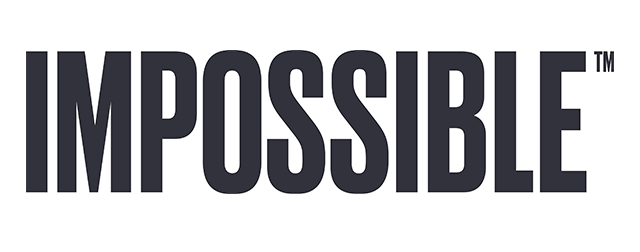Conference Attendees Collaborated on Barriers and Solutions During the 2021 Presidents Conference
The Elementary and Secondary Foodservice Leadership Council collaboration sessions with operators, manufacturers, and various trading partners (FMCs and distributors, in some cases) revealed a number of challenges and opportunities within the segment. The following is a summary of the lively discussions that helped foster communication among conference attendees looking to build an efficient segment value chain.
Setting Up the Roundtable Discussions
The sessions began with a discussion of the framework - or pyramid - that was developed by the Foodservice Leadership Councils (FLC). The strategic plan for each Foodservice Leadership Council is to provide thought leadership through insights with supply-chain members, which in turn helps to optimize the value chain (or ecosystem) and bring value to all trading partners.
The Challenges Faced by Elementary and Secondary School Trading Partners
The challenges discussed by the group were broad, as shown in the table. What was inherent in the discussion was the impact of supply chain disruptions and labor shortages. All attendees agreed these were major, ongoing issues that will likely continue indefinitely in the current post-pandemic economy.
In addition to these two primary challenges facing all segments, complexities with the USDA, fragmented regional/local regulations, and spotty communication issues were raised as barriers to a more seamless value chain.
| Challenge | Details / Comments |
|
Supply Chain Volatility |
|
|
Labor Engagement |
|
| USDA Regulations |
|
| Communication |
|
| Free Meal Programs |
|
| USDA Commodity Programs |
|
The Opportunities and Solutions with Foodservice
Unlike most segments, Elementary and Secondary Schools face a number of hurdles and bureaucracy due to the public nature of many schools that require government subsidies. The session’s solutions were limited and the group agreed more time should be spent discussing broader solutions in the upcoming collaborative sessions. Still, there were a few notable solutions the group devised to enable smoother relationships.
| Solutions | Details / Comments |
| Provide Clear Nutrition Guidelines |
|
| Segment Playbook |
|
| The Two “Ps” |
|
| Simplify the Bid Process |
|
| CLOC and CIL |
|
The Next Steps for the Councils
In January 2022, the five Foodservice Leadership Councils will reconvene in a live conversation, open to all members, and report on the status of the solutions shared in each session. IFMA will release the dates and times of each session at the end of December, 2021.
About the Foodservice Leadership Councils: In the fall of 2018, several leading operators across different industry segments approached IFMA looking for help. They felt their communities were underserved in the areas of insights, business best practices and more effective connectivity with manufacturers. They also recognized the opportunity to learn from each other and the broader industry to better serve their customers.
For operators interested in learning more about the ongoing council work and access to upcoming resources, visit IFMAworld.com/council, or contact Jim Green at jgspartan@aol.com. You will receive updates on council activities and have complimentary access to whitepapers, webinars, and conferences.
The elementary & secondary collaborative discussion at Presidents Conference 2021 was sponsored by:

